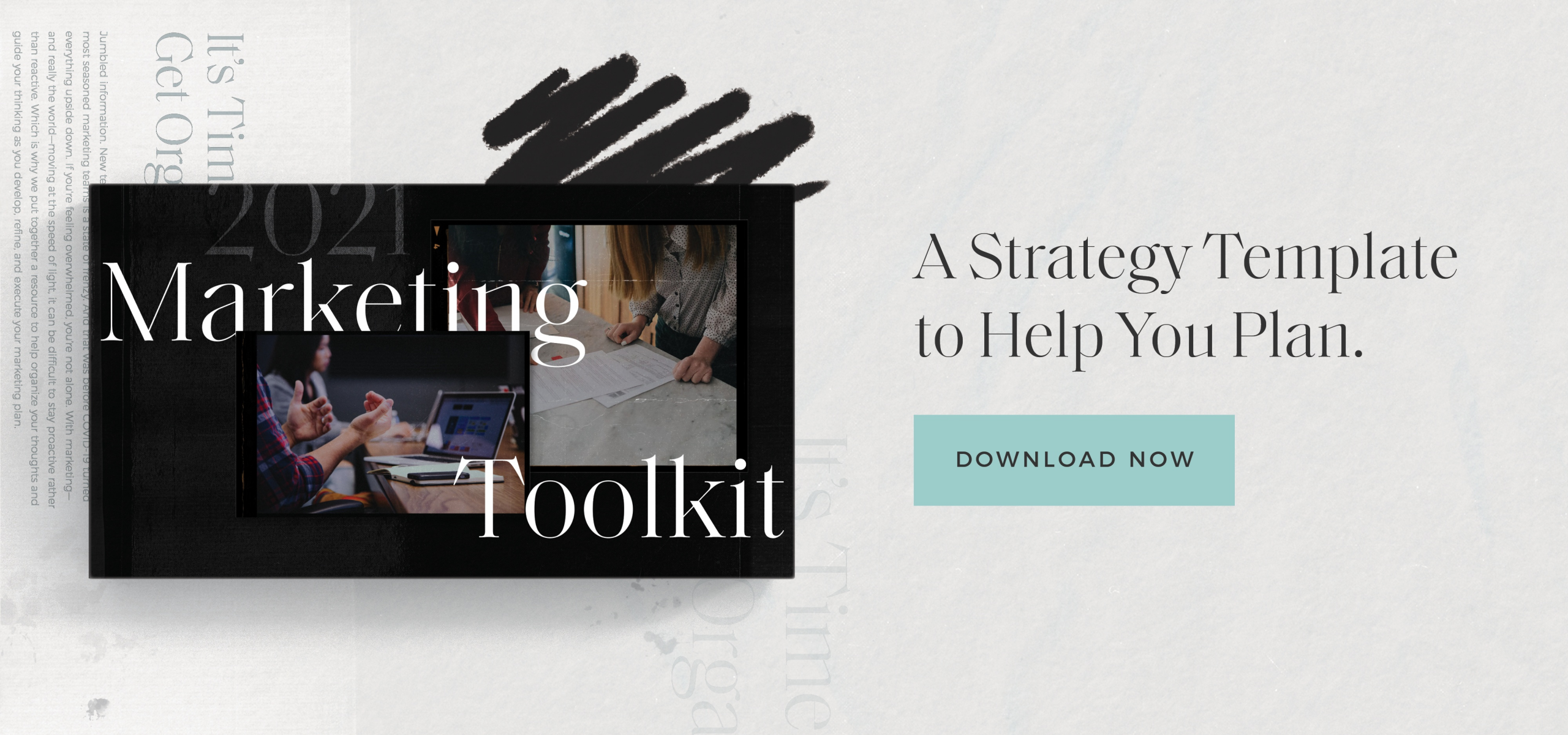One of the most common questions in every single discovery conversation with Element Three is centered on our team’s experience with either B2B or B2C brands. Do we have experience with both? Of course. In fact, due to working with multiple OEMs that sell through dealer networks, many of our most successful partnerships combine elements of B2B and B2C sales and marketing support.
The question that’s really being asked is whether or not our team will understand a B2B or B2C company’s challenges. Do we understand each, and do we have the experience to solve their pains? The more important question for marketers everywhere to answer, though, is more fundamental. Is there any real difference in marketing between a business-to-business company and a business-to-consumer company?
Go-to-market strategy depends on your audience
One of the most obvious differences between a company selling to consumers and a company selling to other businesses is the overall market size. While I’m sure there is an obscure product in the B2B marketplace that has an enormous addressable market, in general a B2C company is going to have more potential buyers. The fallout from this for the marketer is fairly drastic.
First, your media plan and budget are going to be different if you are addressing a larger market than if you’re addressing a niche business product or service. Whereas the niche product can use more account-based marketing strategies and speak directly to the buyer, a mass-market consumer good is going to have to have a larger media budget with more geographical scope and potentially more channels, as well. Why more channels and a larger range? As you may guess, more potential buyers means more buyer personas.
Simply put: mass market consumer brands have many more pain points to address. When you try and bundle these up into one message directed at all buyers, it can become confusing. This is one of the reasons why influencer marketing has become so effective for consumer brands. Each influencer essentially represents a buyer persona the company wants to target. By advertising through that influencer, you are likely to find other buyers who are similar to that influencer, or want to be similar to them.
Finally, due to having more potential buyers, it is likely that a B2C brand will have more offerings than a B2B brand. This forces you as a marketer to consider how you position each product or service for each buyer persona. Luxury goods brands are a great example of this challenge. Luxury goods have to maintain an air of aspiration in order to demand the price points they do—but what about grabbing the up-and-coming consumer who cannot quite purchase your product, but wants to feel like they are part of that brand family?
Some luxury brands elect to move downstream with entry-level products that a larger proportion of consumers can purchase. Mercedes is an example of this with their C-Class sedan, which starts in the low $40,000s when new. Airstream is another luxury brand that did this with the launch of their Basecamp model a few years back. We helped them launch that product, and one of the main considerations was how to maintain the aspirational qualities of Airstream while allowing a younger, millennial audience to become part of the Airstream family.
Buyers are buyers—always
You’re the same person when working as you are when you’re not working. Sure, you are solving different challenges, but who you are does not functionally change. The most important piece to remember in this is that buyers always buy emotionally and then justify that purchase with logic. You do it. Your kids will do it. Your parents do it. Your business does it.
Research has proven this across the board, so instead of fighting that fact and believing your logical side would make better decisions, learn to understand which emotions are driving the decision. For the marketer, whether you are B2B or B2C, your focus should be on identifying those trigger points in your buyer’s journey and understanding how your offer fits in.
The product or service you provide should always solve a specific pain point for your buyer. Often, people (especially marketers) get very uncomfortable thinking about the fact that you’re selling something to someone. In our society, sales gets a bit of a bad rap. Too many used car salesmen out there peddling lemons, perhaps. Regardless of the reason, when done correctly and with authenticity, sales and marketing working together yields nothing but win-win situations. The buyer is well-educated on their options, utilizes the salesperson to hash out questions marketing hasn’t yet answered for them, and then makes a decision based on the best fit for their unique set of wants and needs. There should be no persuasion going on.
Whether you are a B2B or B2C brand, those two points—buying emotionally, and providing clarity into what your offer solves for—hold true. In every environment, every time. This is the foundational reason that strategic brand development has long-term ROI. The more crisply articulated and presented your brand becomes, the more consumers understand who you serve and whether or not they fit into the market you serve best. This makes it easier on the consumer to make a buying decision, and actually makes it easier on your sales and marketing professionals, as well. For example, a Porsche salesperson does not need to work very hard to qualify for budget. The majority of consumers know that buying a Porsche is not a cheap endeavor, and they don’t expect it to be.
Marketing principles apply in every company, and every industry
This is not fake naivete. There are nuances in every market. Some buyers are more conservative and need to feel safe, such as those looking for financial services. Others want to feel like they’re on the cutting edge and leading the pack in innovation, such as the electric car market or consumer electronics. You will need to adapt your marketing strategy appropriately, but if you can focus on these key areas, you will find results whether you’re a B2B or B2C marketer:
1. Be extremely articulate in who you serve, how, and why.
At Element Three, we have realized that all market-leading brands have a clear story about what their company does and why they do it. Talk about this story constantly. Build a brand that consumers (whether they’re just buying for themselves, or for their businesses) immediately recognize and understand. If you’re seeing seemingly random buyers who don’t have similarities across their profiles, you are not being clear enough with your brand and messaging. Make this a priority, whether you’re B2B or B2C.
2. Produce content that answers your consumers’ questions.
Your sales team should be filling in gaps in content with real-time question answering, and digging into understanding whether a prospect is actually qualified or not. They should then be relaying the questions they’re answering back to marketing to create a flywheel of content that answers every question a buyer can have. This content can be blogs, videos, infographics, white papers, e-books—literally anything. Just produce it, and produce it often.
3. Drive traffic, demand, and awareness with paid media.
Inbound marketing works. But adding paid advertising dollars behind it gives that growth jetfuel. Be sure to have a clear brand before you do this, though, because a confusing message is going to negatively impact your advertising efforts. Map out your funnel, add paid support where you need to fill the funnel up more, and watch your marketing level up before your eyes.
Day-to-day may be different, but the principles remain consistent.
While the actual execution of a B2B or B2C marketing strategy may be different, the overall strategy and principles you will follow will have more similarities than differences. At the end of the day, you’re always selling to consumers. Sometimes those consumers are buying as the VP of Marketing for an organization, and sometimes they’re buying as Joe Schmo. Regardless of which one you’re targeting, you have to always be crisp in describing who your offer is for and the outcome they will achieve from buying your product or service.






